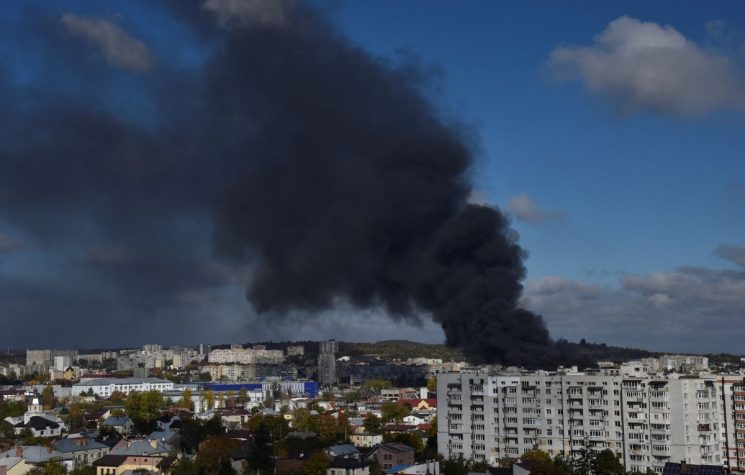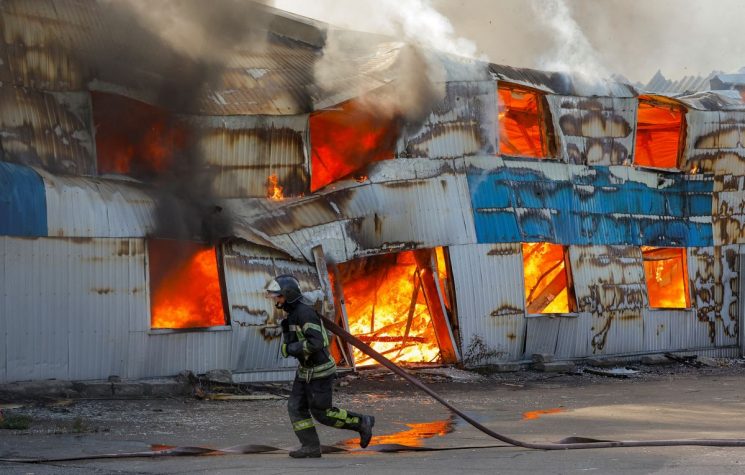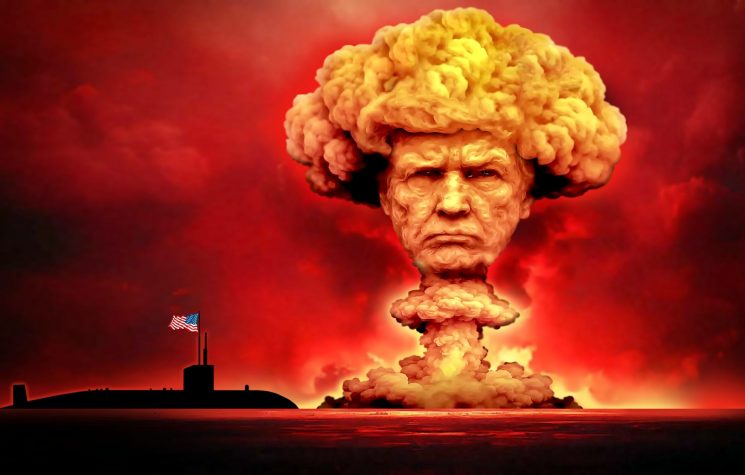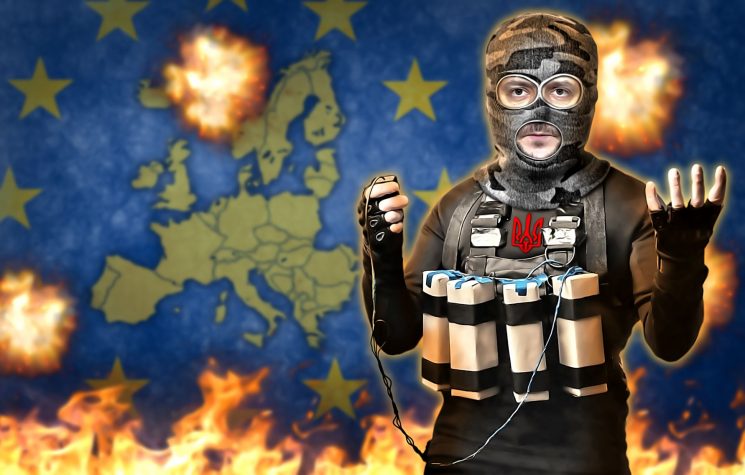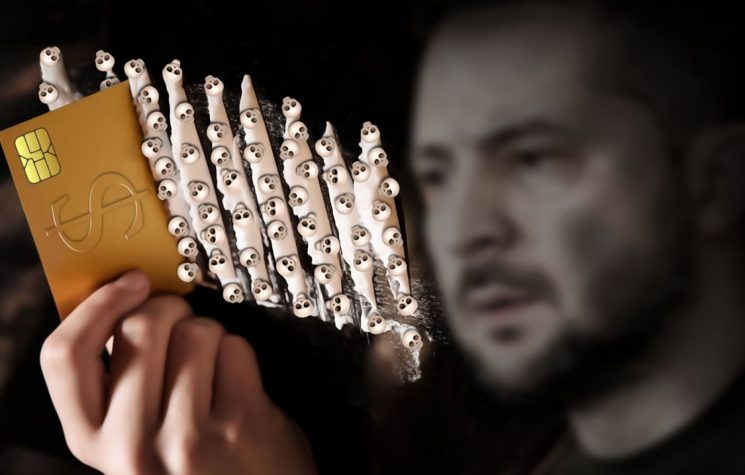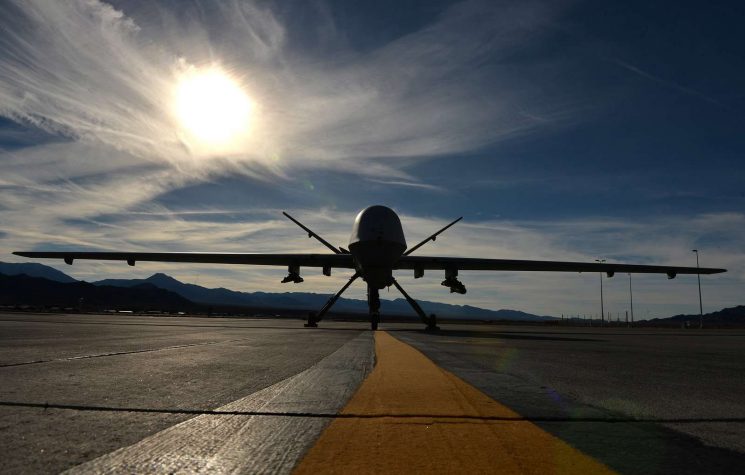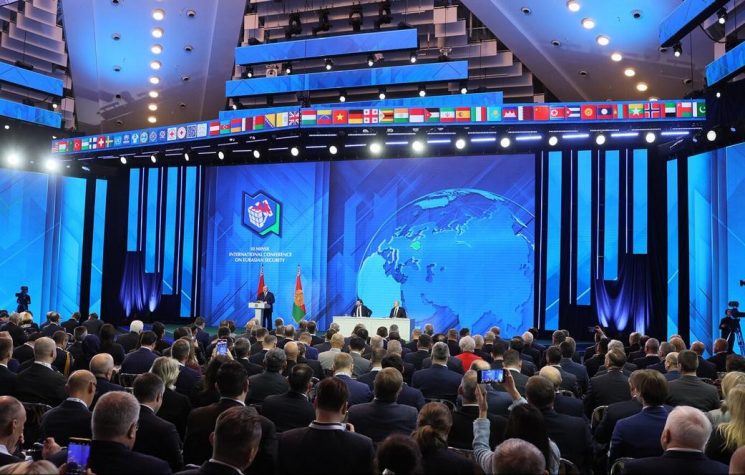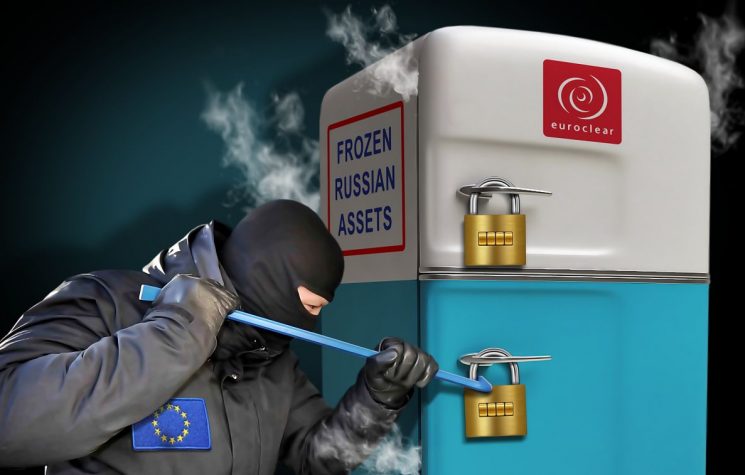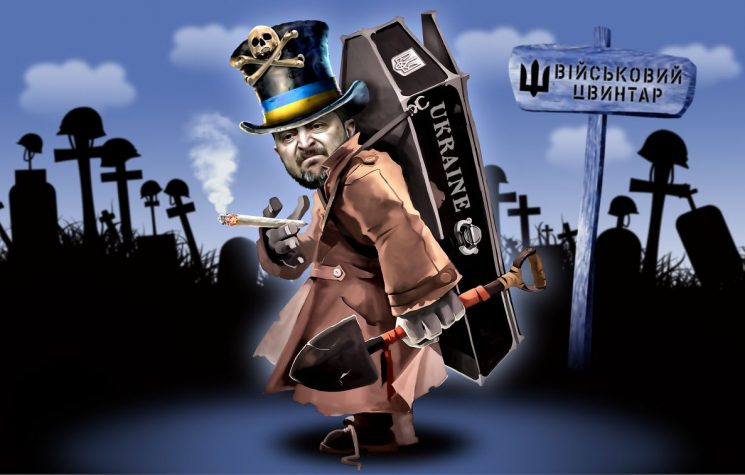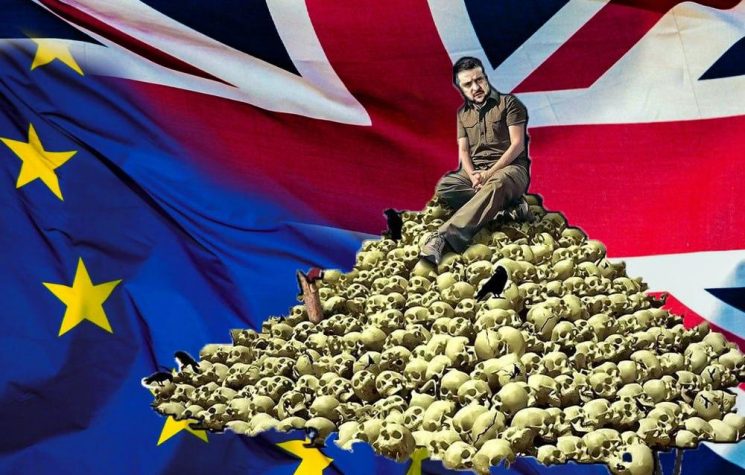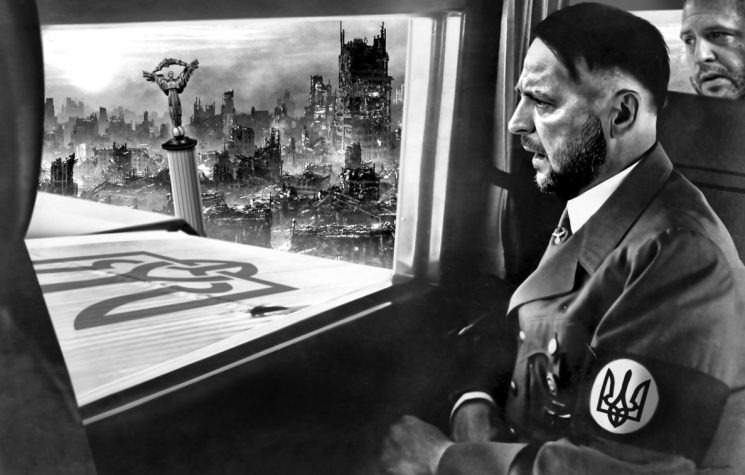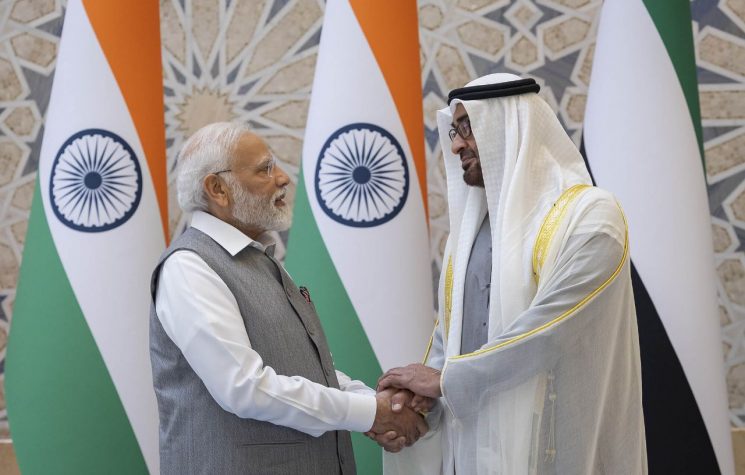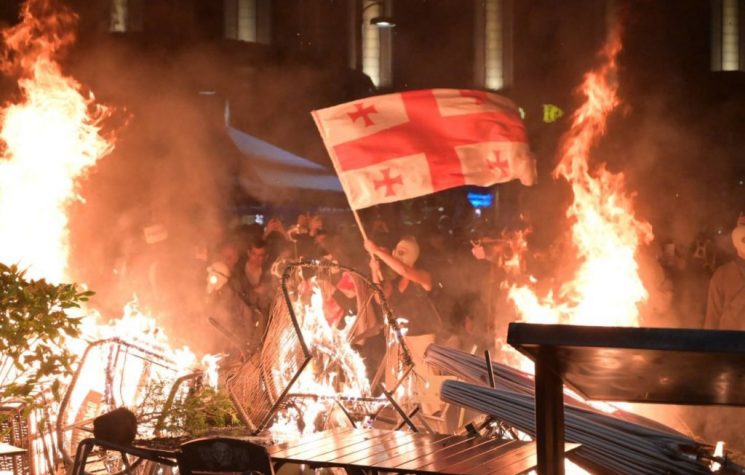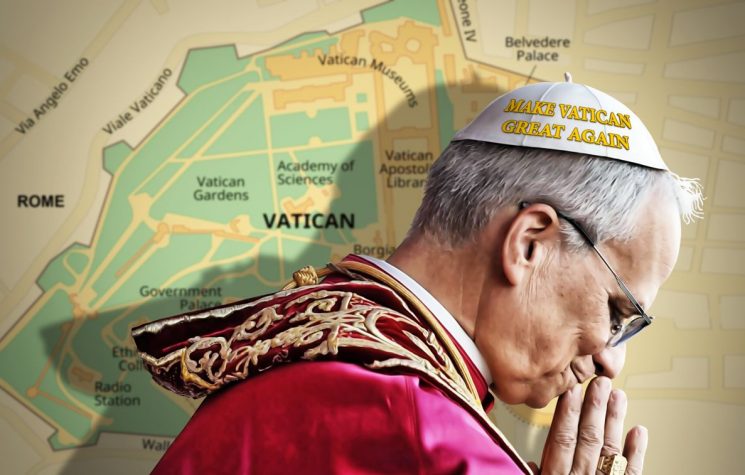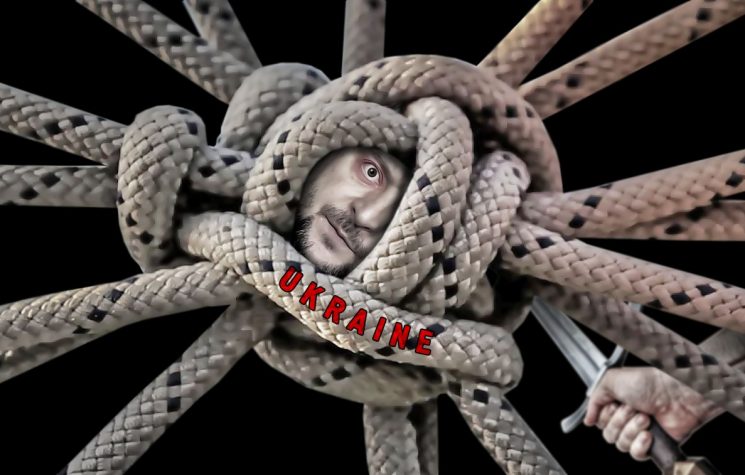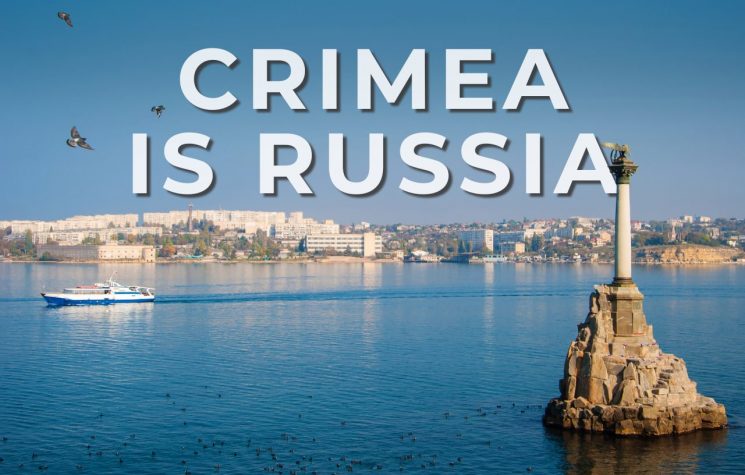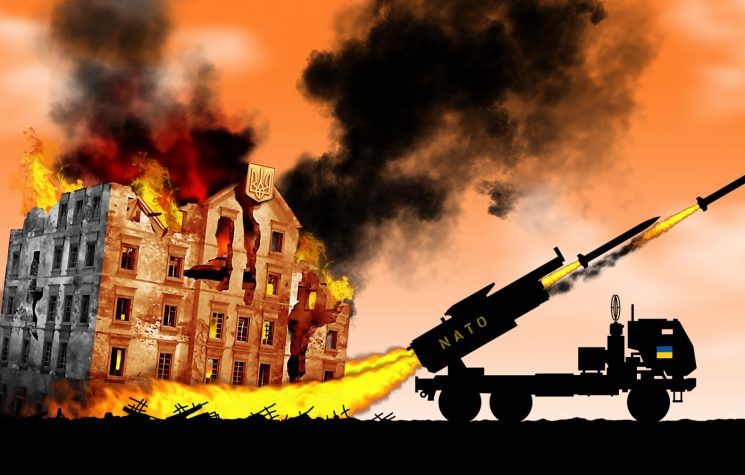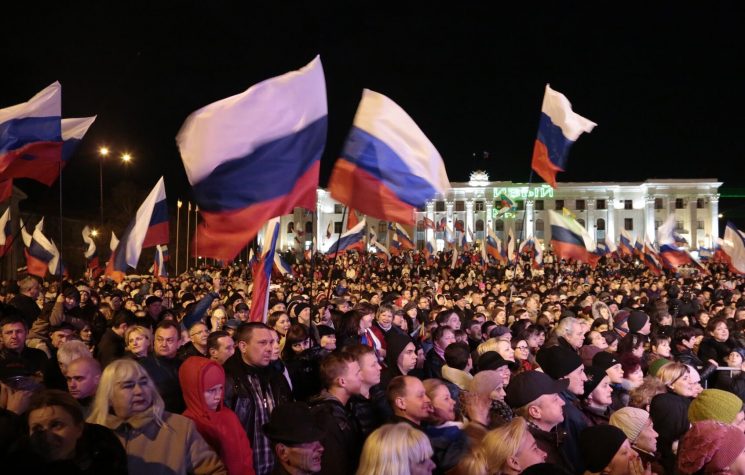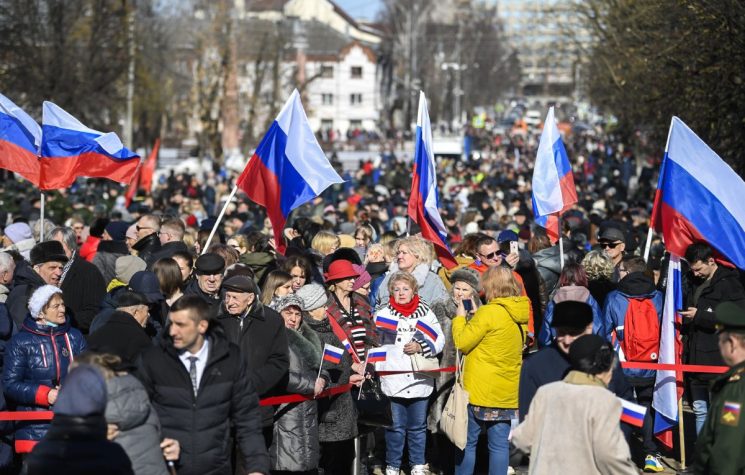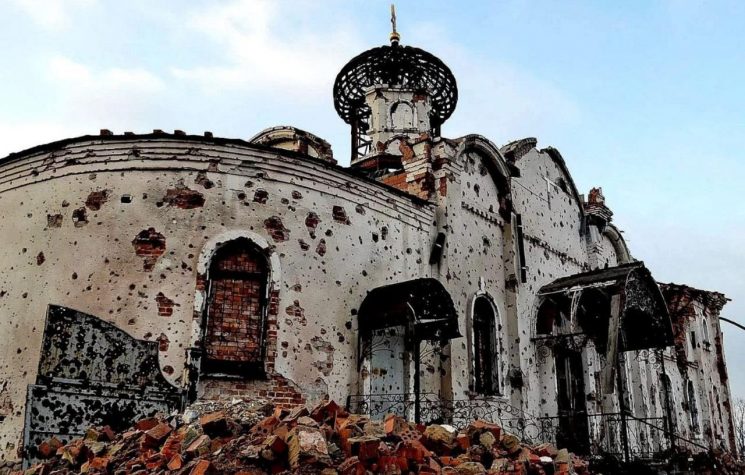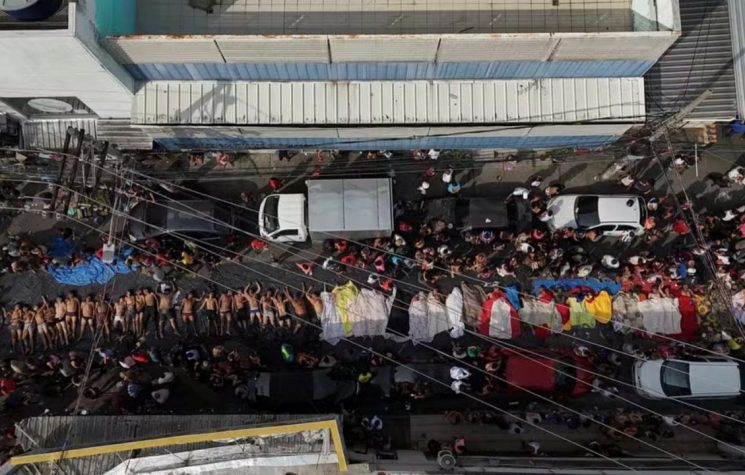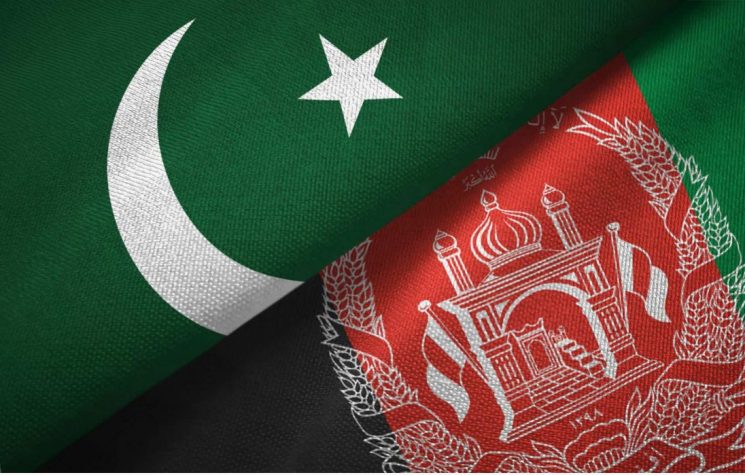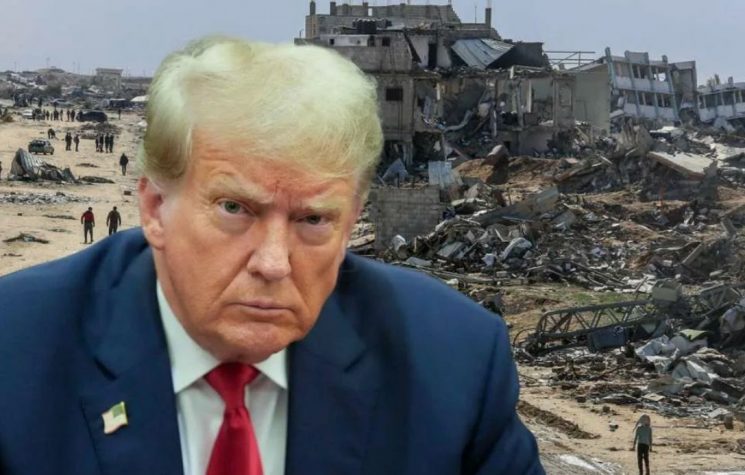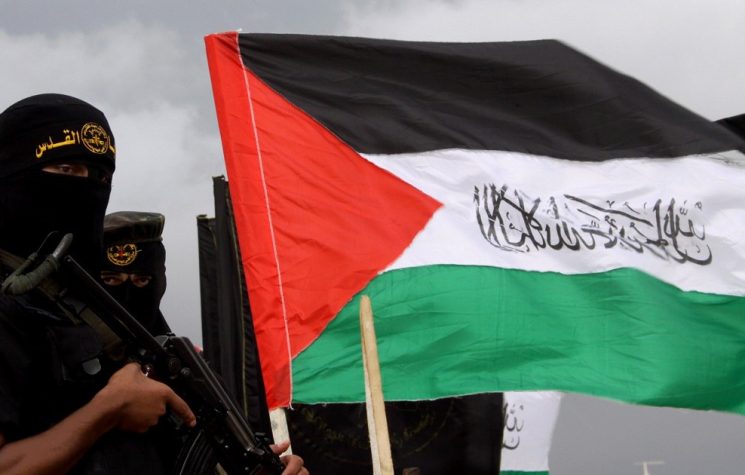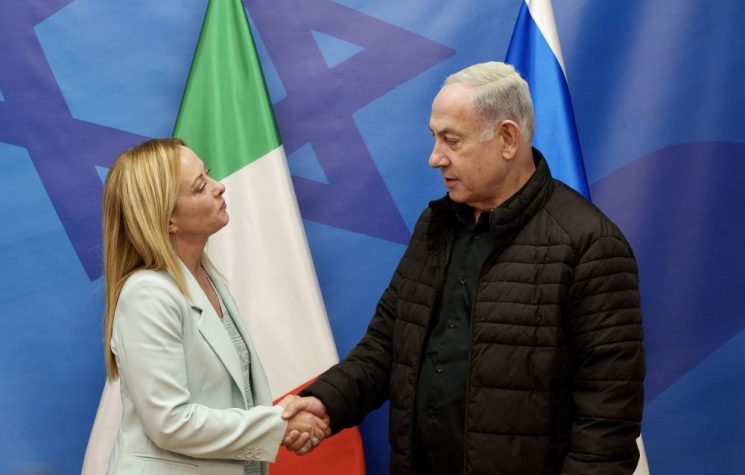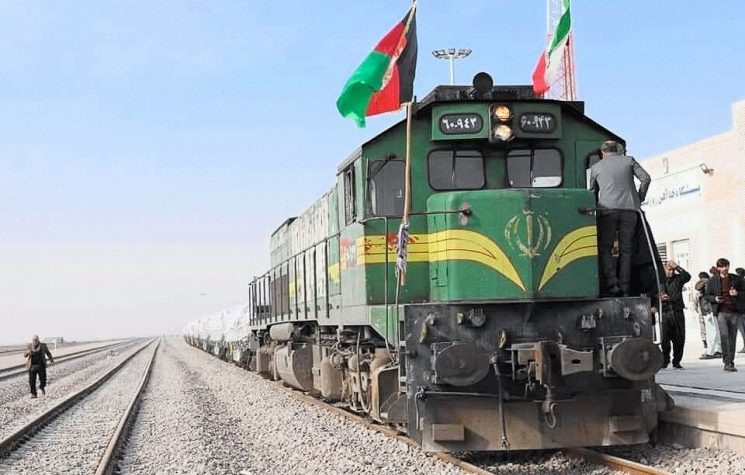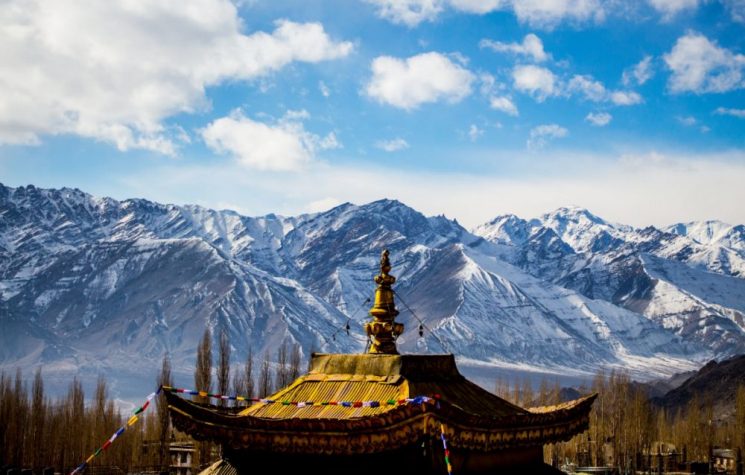Moscow may need to make the Western military infrastructure and its authoring centers for the Kiev regime take a direct hit too in order to reinforce its red lines.
Russia’s devastating cruise missile attacks across Ukraine, including on the capital Kiev, show that for Moscow the gloves are now off in dealing with the NATO-armed regime.
Few people would want to gratuitously escalate a war. But when one side is relentlessly doing just that then further violence seems the only language to be understood.
More than 10 cities across the breadth of Ukraine were hit with a hard rain of Russian missiles on Monday. The Kiev regime was immediately stricken with wide-scale power blackouts in the aftermath of the air strikes on civilian industry and military command centers.
The blast on the Crimean Bridge carried out two days earlier on Saturday was the trigger for the Russian attacks. The bridge linking the peninsula to the Russian mainland was badly damaged by an explosion that collapsed part of the road traffic section as well as temporarily shutting down the overhead parallel railway section.
The symbolism of the 19-kilometer-long bridge – the longest in Europe – that was opened in 2018-2019 by President Vladimir Putin to mark the historic rejoining of Crimea to the mainland following the 2014 referendum meant that the explosion was a direct assault on Russia’s sovereignty.
In announcing the retaliatory strikes across Ukraine for its “act of terrorism”, Putin’s response was visibly furious. He warned that further air strikes were on the cards if the Kiev regime continues its provocations.
Given the scale of the Russian blitz, the Ukrainian death toll was remarkably low – reportedly between 10 and 20 people. The low casualty figures are consistent with Moscow’s avowed attempts to minimize civilian deaths since it launched its special military operation in Ukraine on February 24.
Nevertheless, the escalation in air strikes by Russia strongly suggests that a seminal decision has been made in Moscow to substantially turn the vice on the NATO-backed Kiev regime. For the past eight months, Russian forces have taken a notably circumspect approach in implementing the military operation in Ukraine. Damage to Ukrainian infrastructure and civilian deaths have been minimized.
That Russian approach contrasts starkly with the “shock and awe” tactics of the United States and its NATO partners who typically obliterate targeted countries during invasions and occupations.
Russia’s more refined tactics have not been appreciated though by its enemies. Western leaders and media hypocritically condemn Moscow and Putin in particular for alleged barbarism and war crimes.
This is while Kiev’s Neo-Nazi paramilitaries have continued shelling cities and civilian centers under Russian control. That shelling has become even more audacious with increasing supplies of American and NATO long-range missiles and the sharing of targeting intelligence.
If anything, Russia’s more measured military tactics – aimed at destroying Neo-Nazi forces and defending the breakaway Russian-speaking Donbass and other regions – have only served to embolden increasing NATO aggression through its catspaw Kiev regime. All efforts in diplomacy have been abandoned with contempt.
There seems little doubt despite U.S. media denials that the American sponsors of the Kiev regime were behind the assassination of prominent Russian journalist Darya Dugina in August, as well as a host of other strategic assaults. They include the deadly targeting of Russian military commanders in Ukraine, the sinking of the Moskva cruiser, and the ever-encroaching war on Russian territory.
The destruction of Russia’s Nord Stream gas pipelines under the Baltic Sea two weeks ago had to have been a NATO military operation.
Likewise, the hit on the Crimean Bridge across the Kerch Strait suggests an act of war was authorized at the highest level in the NATO command structure, in particular the U.S. The Kiev regime has long fantasized about doing it. But NATO’s executive order was finally given.
The symbolism is deliberate and emphatic. Two lifelines for Russia in the North and South were severed in a pincer action. For added personal insult, the Crimean Bridge sabotage came only days after Putin’s 70th birthday.
Russian investigators reportedly claim that the bridge collapsed from a bomb exploding in the cargo of a traversing truck. Video footage showed extensive damage to the overhead rail line and a large section of the road span had collapsed into the Azov Sea below. It remains to be seen if this is the exact cause. Could a truck bomb containing that amount of explosive material really go undetected by Russian state security services as it proceeded onto the bridge? The mangled concrete structure resembles more the result of a missile air strike.
Up to now, the United States and its NATO warmongering accomplices have interpreted Russia’s relatively measured military operations as a sign of weakness.
In its indefatigable hubris, Washington gloats over its increasing supplies of long-range missiles and air-defense systems as putting Russia on the defensive while giving the Neo-Nazi Kiev regime the green light to terrorize Russian civilians.
The brazen state-terror attacks on the Nord Stream pipelines – and what appears to be the sabotage of the Crimean Bridge – are the NATO powers recklessly upping the ante.
Russia has no choice now but to take the gloves off and finish this NATO proxy war – before it turns into an all-out war.
The blitz across Ukraine taking out the machinery of the state has been met with predictable condemnations from the U.S. and European elites as “barbarity” and “brutality”. The hypocrisy is galling given that these decision-making centers have initiated and escalated the barbarity of war.
Moscow may need to make the Western military infrastructure and its authoring centers for the Kiev regime take a direct hit too in order to reinforce its red lines.










